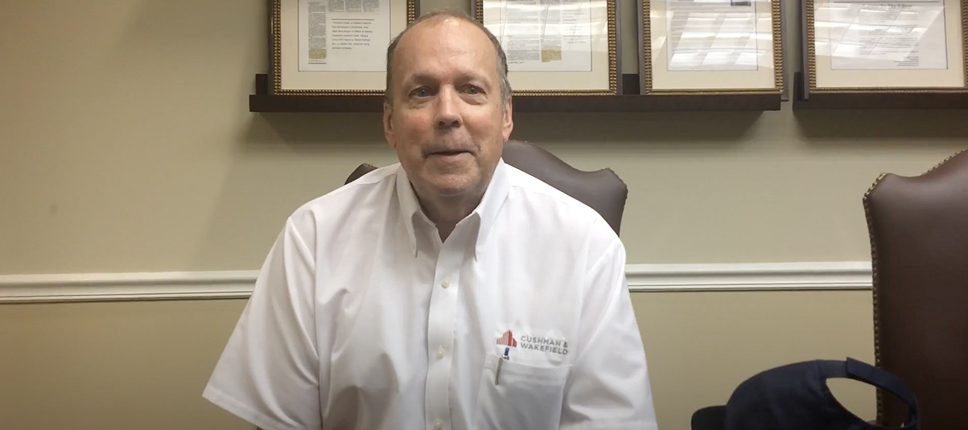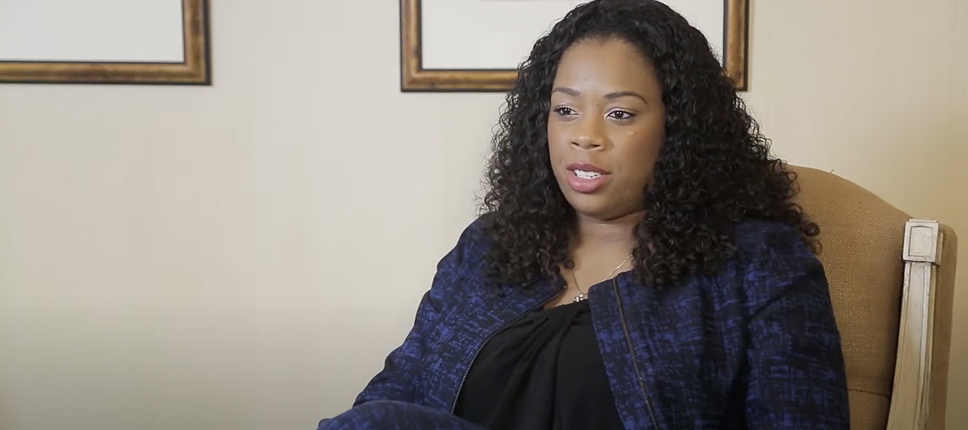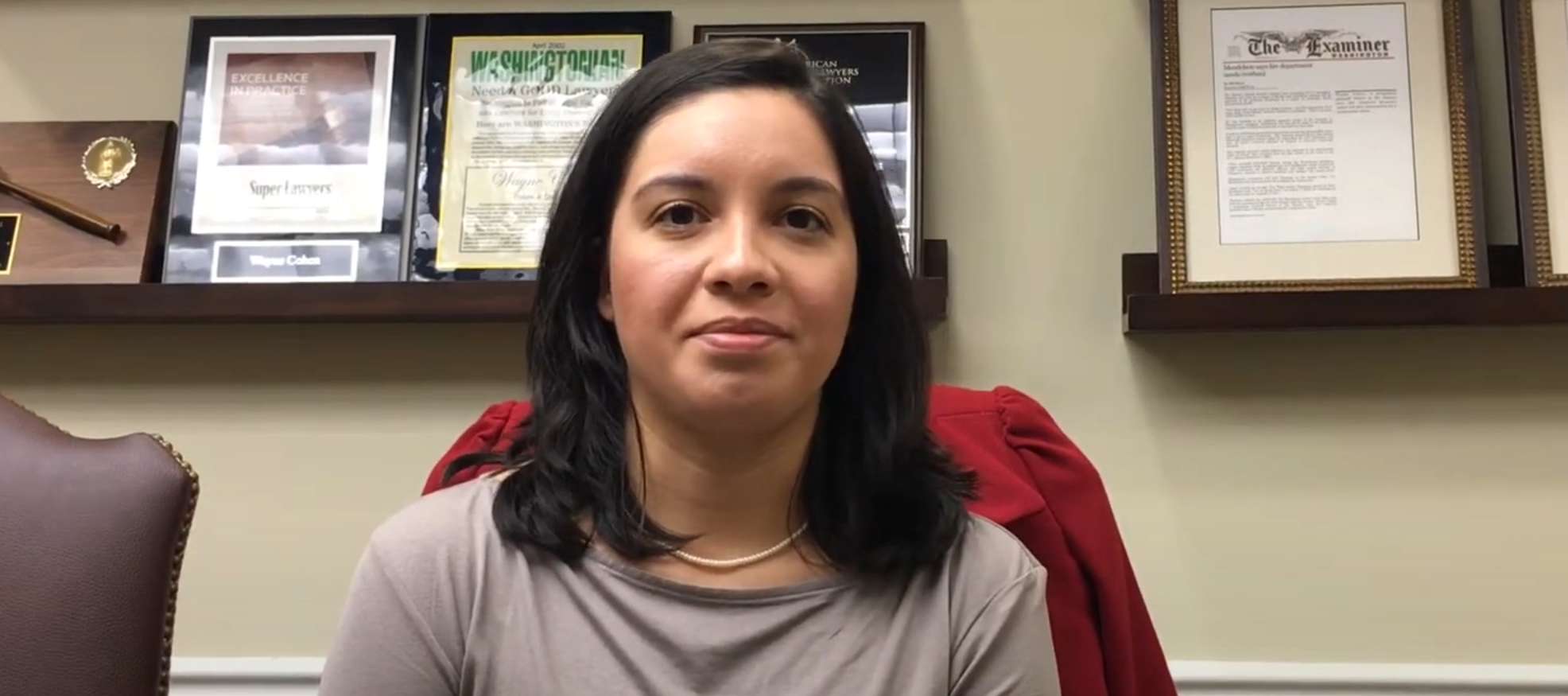Appearing On:
















Serious injuries deserve experienced attorneys
Final Verdict: Surgeon Not Liable For Injuries
A pithy joke says, “I took a class on whether correlation proves causation, but I can’t be sure it helped.” All humor aside, it’s critical to remember in any personal injury case that merely showing correlation between two events is not enough to prove causation, let alone negligence. In medical malpractice cases, a patient often suffers some harm or worsening of their condition shortly after receiving medical care. As natural as it may be to associate the harm with something that must have gone wrong during the treatment, this isn’t always an accurate assumption, and  it definitely isn’t enough to prove damages in court.
it definitely isn’t enough to prove damages in court.
In November 2009, 50-year-old foundry worker Jordan Williams received a hip replacement surgery from Dr. Jon Swenson in Newport News, Virginia. Unfortunately, Jordan suffered a cauda equina stroke either during or shortly after the surgery, causing paralysis in his leg. He was no longer able to work and was confined to a long-term care facility. After reaching maximum medical improvement, he hired medical malpractice attorneys Benjamin Byrd and Anthony Russell and brought a lawsuit against the Mary Immaculate Hospital and the two physicians who had either treated him or managed his treatment. The lawsuit identified surgical error, failure to monitor, and orthopedic surgical malpractice.
The lawsuit alleged that the cauda equina stroke was caused by low blood pressure during and after the surgery and claimed that the surgeons and the follow-up care physician had a duty to monitor blood pressure to avoid excursions. Under this theory of liability, the physicians failed to properly monitor, treat, or recognize the problem, leading to the stroke and the subsequent injury. Jordan demanded $4.2 million in past and future medical care and lost wages.
The defendants, represented by defense attorneys Ronald Herbert and John Minier, hired experts to dispute Jordan’s claims. They argued that there had been no negligence and no breach of the standard of care, protesting instead that the injuries were caused by existing damage to Jordan’s spine. Swelling around the compressed nerve roots was present regardless of surgical actions and this was the most likely culprit.
The trial lasted for seven days and involved testimony from the plaintiff, the treating physicians, and multiple defense experts. Jordan explained that he now required a wheelchair for ambulation and that the quality of his life was forever altered. However, despite impassioned testimony, the seven-person jury did not find his arguments to be convincing. After two hours of deliberation, they accepted the defense argument that nothing the doctors did or failed to do contributed to Jordan’s injuries.
The hospital had already been removed from the case, and so the jury entered a verdict on behalf of Jon Swenson and Patrick Higdon, finding no medical malpractice. Cohen & Cohen
Personal Injury Attorneys In:
Washington DC | Maryland | Virginia
“Cohen & Cohen did a great job at recovering a good amount of money for me after my accident. Siri was super informative & responsive. Overall I had a great experience using this firm & they will be my first call if I am ever in an accident again.”
– Charles M.
 Personal Injury Accident
Personal Injury Accident
“I had a very positive experience with Cohen & Cohen and I highly recommend them to anyone who needs their services.”
– John G.
 Tractor Trailer vs Car
Tractor Trailer vs Car
“I would highly recommend Cohen & Cohen. They were awesome on my case. Cohen & Cohen had my best interest at heart at all times.”
– Morgan L.
 Personal Injury Accident
Personal Injury Accident
“My experience at Cohen & Cohen has been great from the beginning until the very end when my case was closed…I would definitely recommend them to family, friends or anyone that has a case with a personal injury accident.”
– Maria M.
Reviews
From Our Valued Clients
Cohen & Cohen has an impeccable client satisfaction rating with hundreds of 5-star reviews. We are among the best-rated firms in D.C., Virginia, and Maryland.

Best Personal Injury Lawyer in DC








Cohen & Cohen Has Been Featured On


















